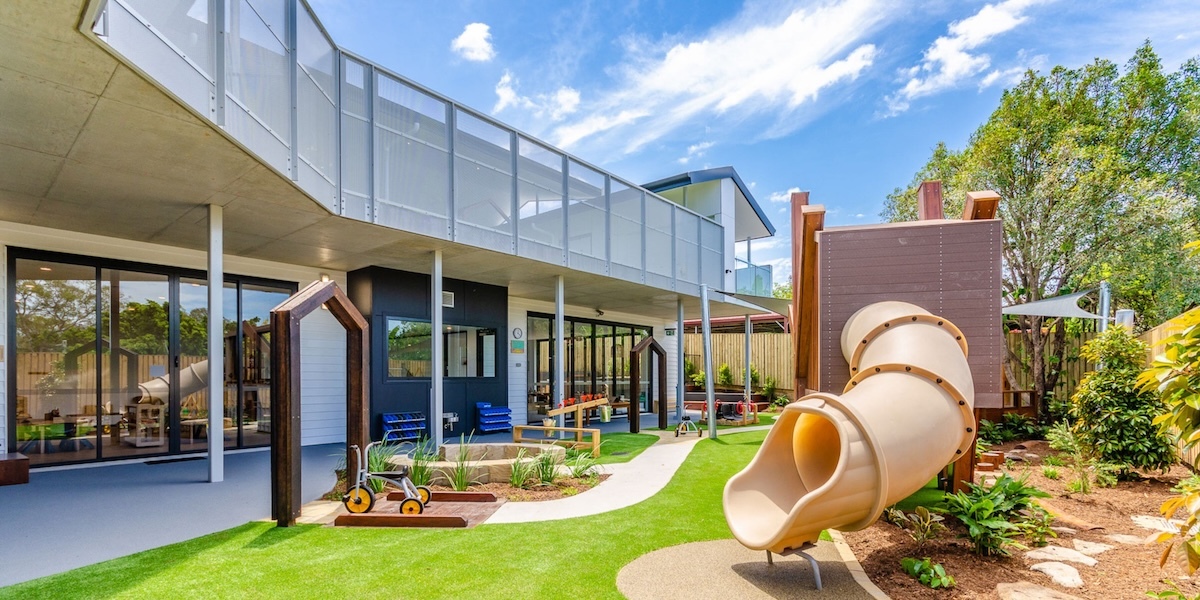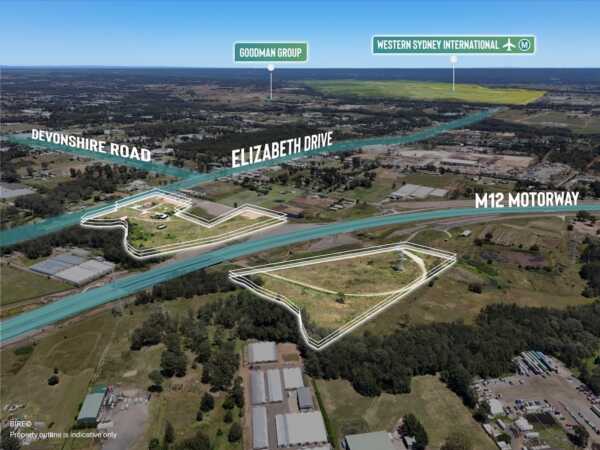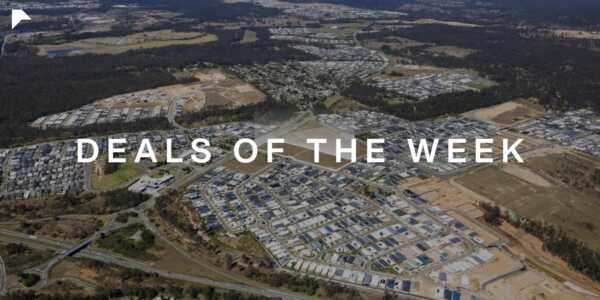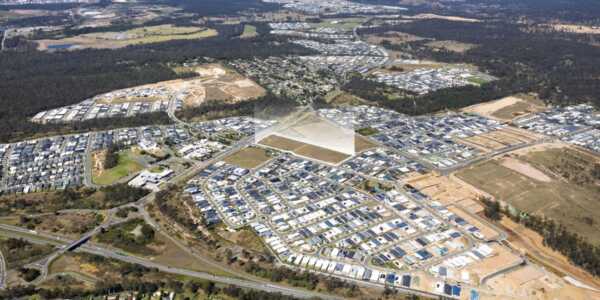Australia’s multi-billion-dollar childcare property sector is bracing for a major shake-up.
A federal policy overhaul set to take effect from January 2026 will expand access for more than 125,000 children.
The changes remove strict activity tests and introduce a three-day guarantee of subsidised care for families earning under $533,000.
While the policy is expected to improve affordability and access for working families, a new CBRE report warns the sector may struggle to keep pace with accelerating demand.
At the same time, heightened scrutiny around safety and compliance - including an ongoing investigation into serious allegations at Victorian childcare centres - has reinforced the need for well-run, high-quality centres backed by reliable operators.
We spoke to Sandro Peluso, National Director of CBRE’s Healthcare and Social Infrastructure team, to understand the challenges and opportunities facing childcare developers and investors.
Build Cost Blow Out Chokes New Supply
The report reveals construction costs for childcare centres now average between $30,000 and $35,000 per place, and in some cases, up to $50,000.
That’s up 10% year-on-year, according to CBRE.
These costs, combined with land price inflation and workforce shortages, are stalling new development, even as government policy seeks to boost affordability and access.
Planning approvals are another hurdle.
Approval rates have declined by around 5% each year over the past five years, and of every 100 childcare development applications, only around 40 centres become operational within four years.
The current wave of centre openings - projected to peak at 600 in 2025 - reflects a backlog of post-COVID approvals. But new activity is falling away.
“What this means is we have seen a major curtailing of new supply and leasing activity,” Mr Peluso said.
“Our supply pipeline across Australia is now well behind requirement.”
Mr Peluso anticipates development activity will remain muted in the near term.
“This will see more operators compete for fewer services and eventually result in increased rental growth over time, but this will not be instant,” he said. “As a result, our supply pipeline will remain subdued for a few years before correcting.”
High Stakes in a Tightening Market
Tightening supply, compressing yields and rising demand are drawing in new investors — and putting pressure on existing operators to adapt.
With fewer greenfield opportunities available, many are turning their attention to existing assets, expanding within established centres to lift occupancy rates and drive up passing rents.
“In short, investors who have never purchased in the space are looking to enter before it’s too late and benefit from long-term holds or shorter-term capital growth as yields compress then exit in a few years’ time,” Mr Peluso said.
Those who already hold often have no intention of selling given the forecast future success for the markets.”
He advised investors to focus on the fundamentals.
“Investors and developers should complete a comprehensive market review. What is the supply and demand ratio and how are other local centres performing?” he said.
“If you tick this box, it’s simply an analysis of the building itself and quality of your tenant.”
He said a strong market will typically support tenant success, either through stable performance or sale to a proven operator.
“Of course, you need to ensure the real estate you buy features a good design that will stand the test of time with well-sized rooms, offices and communal spaces.”









